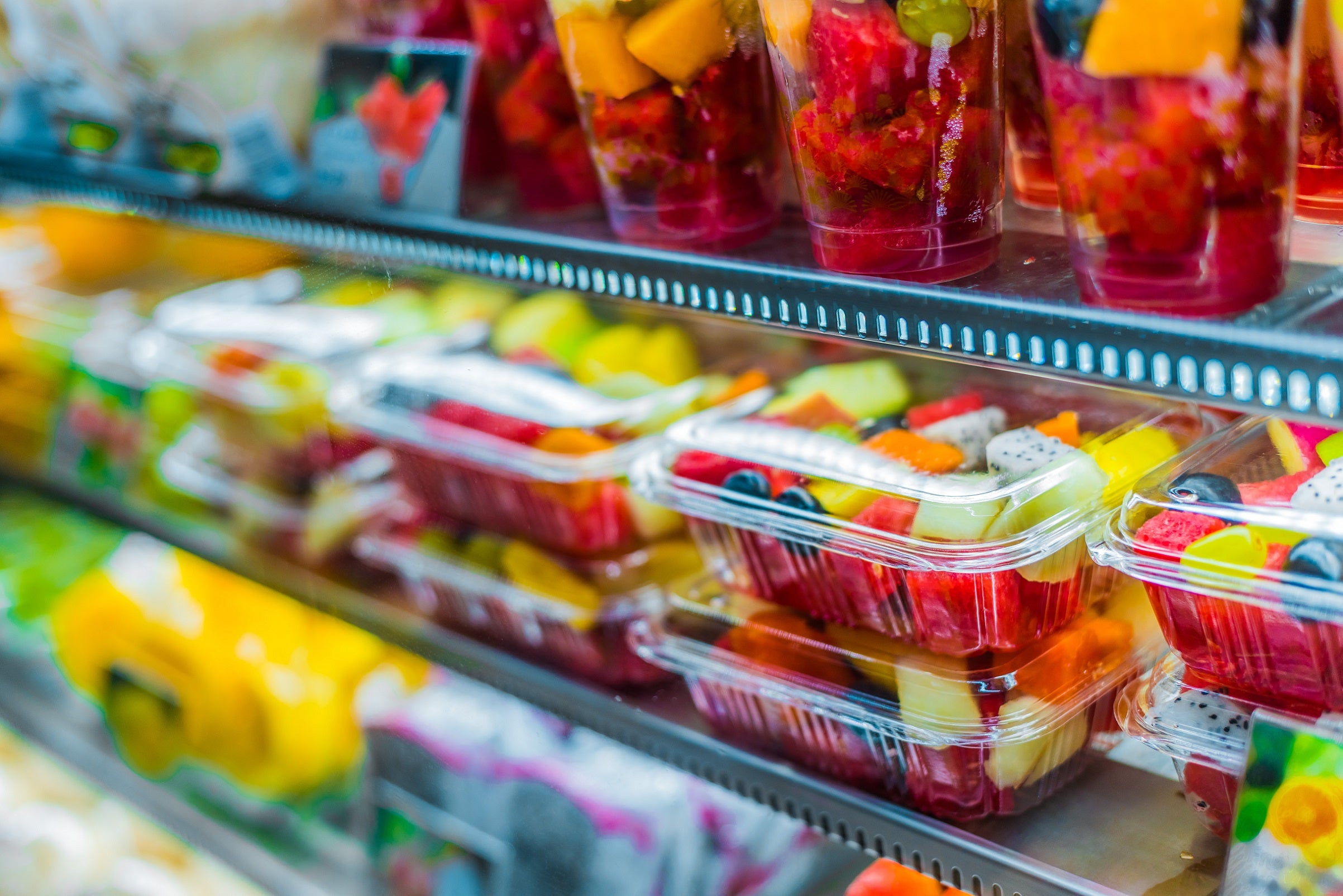
Canada is embarking on efforts to cut the plastic packaging on food products.
Ottawa has opened a month of consultation with interested stakeholders on its plan to draw up a “pollution prevention”, or P2, notice to reduce the environmental impact of “primary food plastic packaging”.
In April, the Canadian government published proposals on how labels would show the recyclability and compostability of consumer-facing plastics. It also set out plans for mandatory minimum thresholds of recycled plastic in various categories of plastic packaging.
Those proposed thresholds would not apply to plastic packaging that comes into direct contact with food – described as “primary food plastic packaging” – due to food safety requirements.
Ottawa has therefore proposed a P2 notice as an alternative way to reduce the environmental impact of primary food plastic packaging, which includes clamshells for baked goods and produce, wrap for vegetables and meat, plastic condiment bottles and bags of pet food.
The P2 Notice would set requirements for Canada’s largest grocery retailers to act, with an aim towards zero plastic waste from primary food plastic packaging. This will build on efforts The P2 notice would be designed to meet targets set by the Canadian government for recycled content and for the reduction, reuse, and redesign of primary food plastic packaging. It would also include targets for increasing the use of reuse-refill systems, concentrated products and products free of plastic packaging.
The targets include ensuring all primary food plastic packaging is reusable, recyclable, or compostable by 2028. By the same year, Canada wants fresh fruits and vegetables to be distributed and sold in bulk and/or in plastic-free packaging. Meanwhile, by 2035, Ottawa has a target of non-reusable plastic food packaging containing, on average, post-consumer recycled (PCR) content of 30% each year.
Kristina Farrell, CEO of industry trade body Food and Beverage Canada, said its members were reviewing the plan.
“Food and beverage manufacturers recognise the need for plastic waste reduction strategies and are actively working to reduce single-use plastic products, such as food packaging. Although the responsibilities under the P2 notice would fall on large grocery retailers, we look forward to continuing to work together to reduce plastic pollution,” Farrell said.
Natasha Tucker, executive director at Mind Your Plastic, said the NGO was working on its feedback for the consultation.
“Our initial thoughts … will generally be supportive of utilising the waste hierarchy when making packaging-related decisions, as well as for the targets that have been set out for reduction of primary packaging. We are also happy to see that there is a focus on implementing reusable infrastructure. We have some concerns over the use of compostables as an alternative, as many alternatives that are marketed as compostable are not truly compostable in Canadian municipal facilities,” Tucker said.
She added “much more work” is needed when considering the food industry’s efforts to reduce its plastic pollution.
However, Tucker added: “We’re hopeful that with new direction and policy from the federal government, we will begin to see the changes that are necessary. What we’ve seen so far within this industry is mostly a transition towards replacing plastic with other types of plastics – plastics that are either more recyclable, contain post-consumer recycled material (PCR) or are labelled as ‘biodegradable’, ‘compostable’ or ‘bioplastic’. While these may seem like good alternatives, we feel that this is not actually solving the problem – it’s adding to the current one and creating a plethora of new problems.
“While this issue is incredibly complex, we believe that manufacturers, brands and retailers need to look at how to eliminate packaging that is unnecessary, instead of keeping it and replacing it with these alternatives and begin to transition to reuse-and-refill infrastructure instead, wherever possible.”
Dr. Sylvain Charlebois, director of the Agri-Food Analytics Lab at Dalhousie University in Nova Scotia, said the food industry in Canada would likely welcome efforts “to create a level playing field” on plastic packaging but expects there to be some concerns.
“Industries may resist new regulations due to worries about increased costs, potential changes to existing production processes, and impacts on their competitiveness. Convincing industries to adopt new practices and invest in sustainable technologies may require careful negotiation and the use of economic incentives,” Charlebois said.
The consultation lasts until 30 August.
